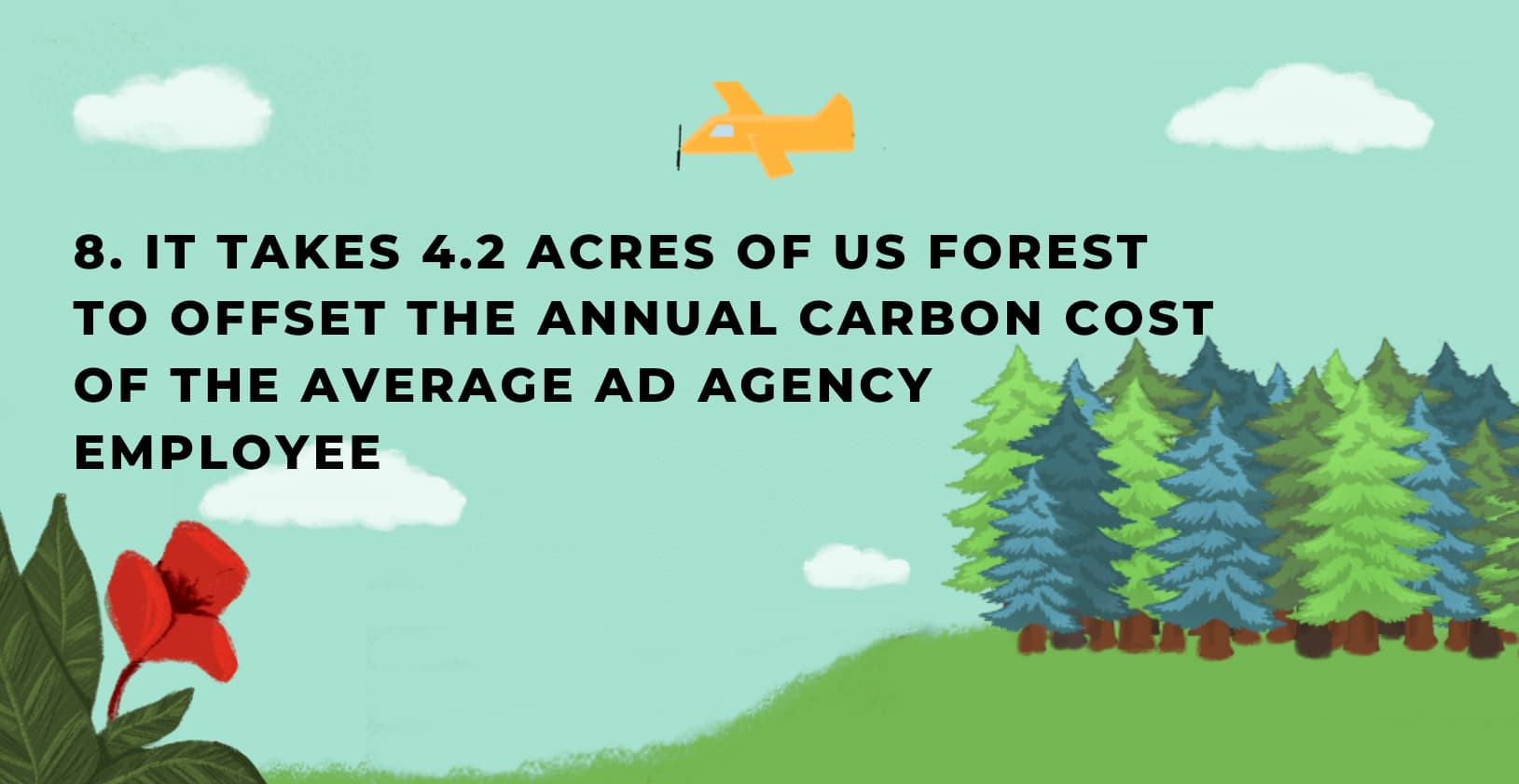It's hard to not be alarmed by some of the recent headlines around climate change.
From flash floods and experts saying the Amazon rainforest is now emitting more carbon dioxide than it's absorbing to terrifying climate reports described as a 'code red for humanity', the future is not looking good.
Climate change is not something that will have an impact on our daily lives 10-20 years' time, it's here now.
The need for action has never been more pressing. The good news is there have been some encouraging signs that Adland is starting to step up and do its bit.
From the Ad Net Zero initiative or the IPA's recent Media Climate Charter, there seems to be some consensus across the industry that it needs to do more to address the negative impact it has on the environment.
But before you can really go about coming up with an industry-wide solution to the issue, it's important to fully understand exactly the scale of the issue you are dealing with.
Here at Good-Loop, we have a suite of green media products to help brands and agencies measure, offset and improve the carbon footprint of their digital advertising.
If you would like to find out more about our green media solutions, please feel free to reach out through our contact form.
So to help, we have come up with some facts about digital advertising and its negative impact on the environment which may well surprise you (or not).
1. The internet has a larger carbon footprint than the airline industry
Whenever we think about what each of us can do to reduce our carbon footprints, what springs to mind instantly is thoughts of cutting down the number of miles we travel. Take less flights, use public transport rather than driving your car...maybe get the bike out that's been gathering dust in the garage for years.
But what may surprise you is that your digital use could have a greater impact on CO2 emissions. Every email you send or receive, every website you visit, every funny YouTube clip or Netflix show you watch all adds up, accounting for around 4% of total greenhouse gas emissions around the world -- slightly more than that of the airline industry.
2. If it was a country, the internet would have the third largest carbon footprint, behind the US and China
That's right, so next time you point fingers at fossil fuel-burning industries around the world, remember you are part of a community that is responsible for the third largest carbon footprint in the world.
3. An average ad campaign emits half the CO2 an average Brit produces in a year
That's 5.4 tonnes -- according to our Carbon Calculator, which is half what a UK consumer produces across a whole year, and around third of what an average US consumer produces.
4. It would take 90 newly-planted trees 10 years to reverse the negative effects of one digital campaign
So what would it take to reverse the long-term impact of one digital campaign? Well, according to the EPA's carbon equivalency tool it would take almost a hundred newly-planted trees over a decade. When you consider how many campaigns are launched every single day, that's a lot of planting (and trees).
5. 7 in 10 Adlanders are worried about indsutry's impact on environment
At least there is some recognition from people who work in the industry that brands, agencies and ad tech platforms that more needs to be done.
According to an Ad Net Zero survey, 71% of people working in the UK ad industry admit they're concerned about the harm their companies are doing to the environment.
6. With almost half left questioning whether they should work in an industry with such a bad record
Concerns around Adland's negative impact on the environment has left 45% wondering whether they should leave their current roles, according to Ad Net Zero's survey.
7. And with good reason - with the average UK agency having the same annual negative impact on the environment as almost 19,000 cars
Well, 18,268 cars, to be exact, according to the EPA's carbon equivalency tool, with the average agency in the UK emitting 84,000 tonnes of CO2 -- the same carbon emissions it takes to provide gas and electricity to 10,116 homes throughout the year.
8.

That's according to the EPA's carbon equivalency tool, with the average ad agency employee burning up 3.4 tonnes every year.

